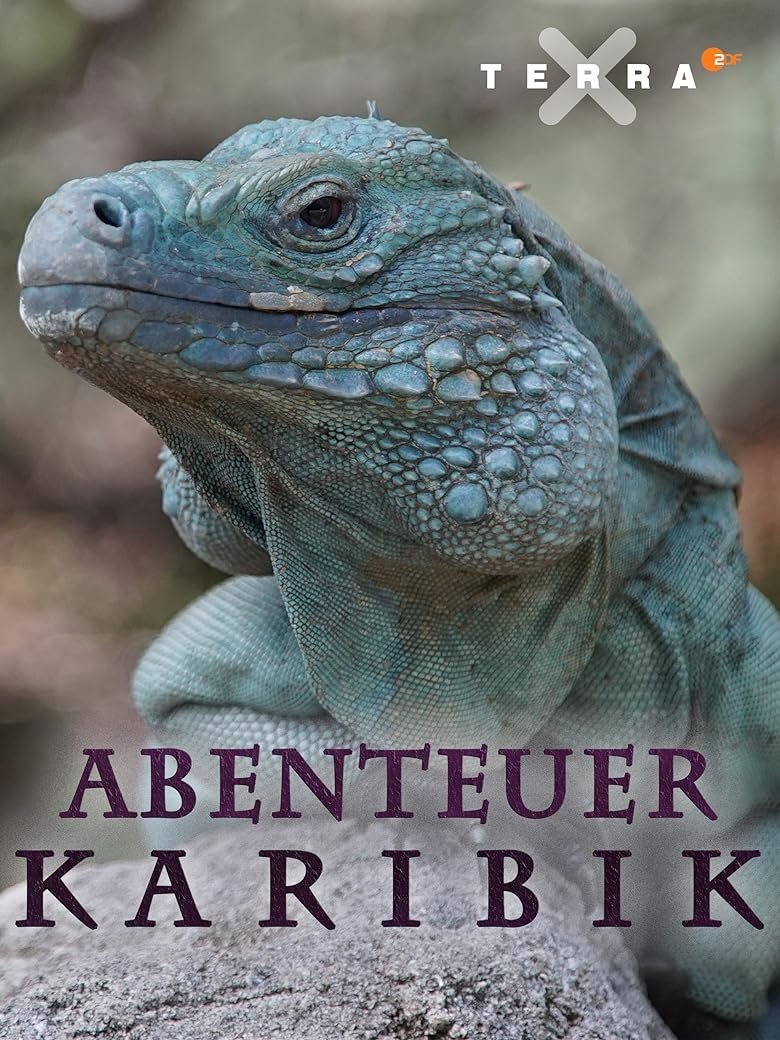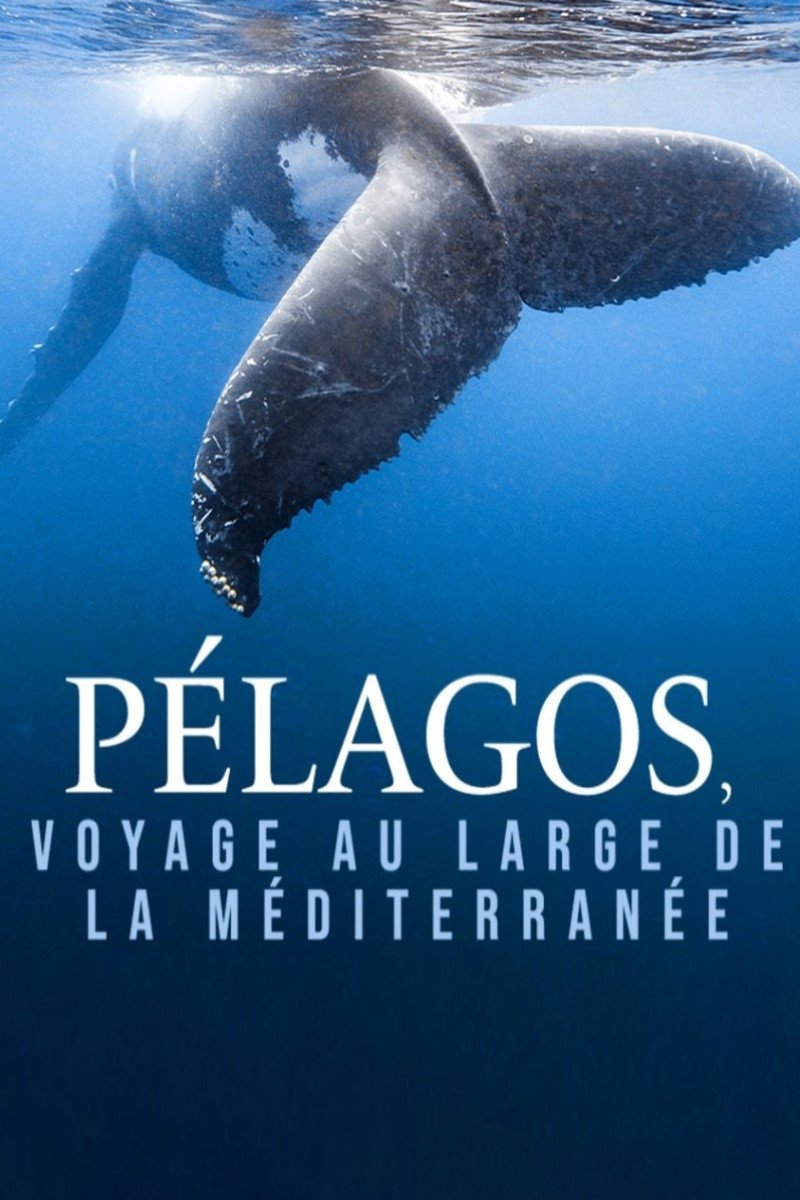How to Grow a Planet (2012)
• March 8th, 2012 • 2h 57min
Documentary
Overview
Geologist Ian Stewart explain in three stages of natural history the crucial interaction of our very planet's physiology and its unique wildlife. Biological evolution is largely driven bu adaptation to conditions such as climate, soil and irrigation, but biotopes were also shaped by wildlife changing earth's surface and climate significantly, even disregarding human activity.
Make sure to check your pop-up blocker!!
Trailer
Similar Movies
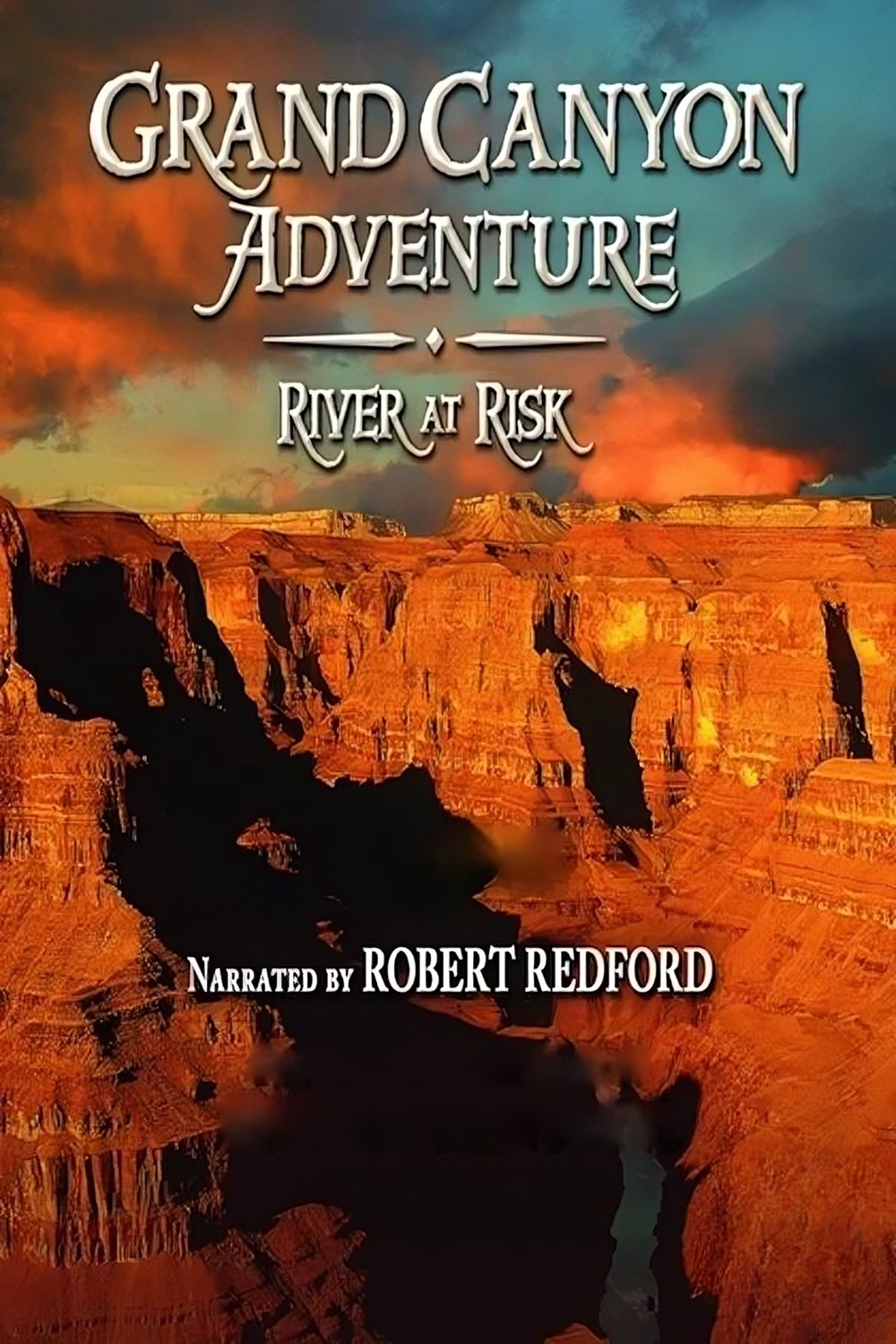
Grand Canyon Adventure: River at Risk
Released on: 2008-03-12
Adventure, Documentary
A documentary about a 15-day river-rafting trip on the Colorado River aimed at highlighting water co...

Destiny in Space
Released on: 1994-01-17
Documentary
Travel alongside the astronauts as they deploy and repair the Hubble Space Telescope, soar above Ven...
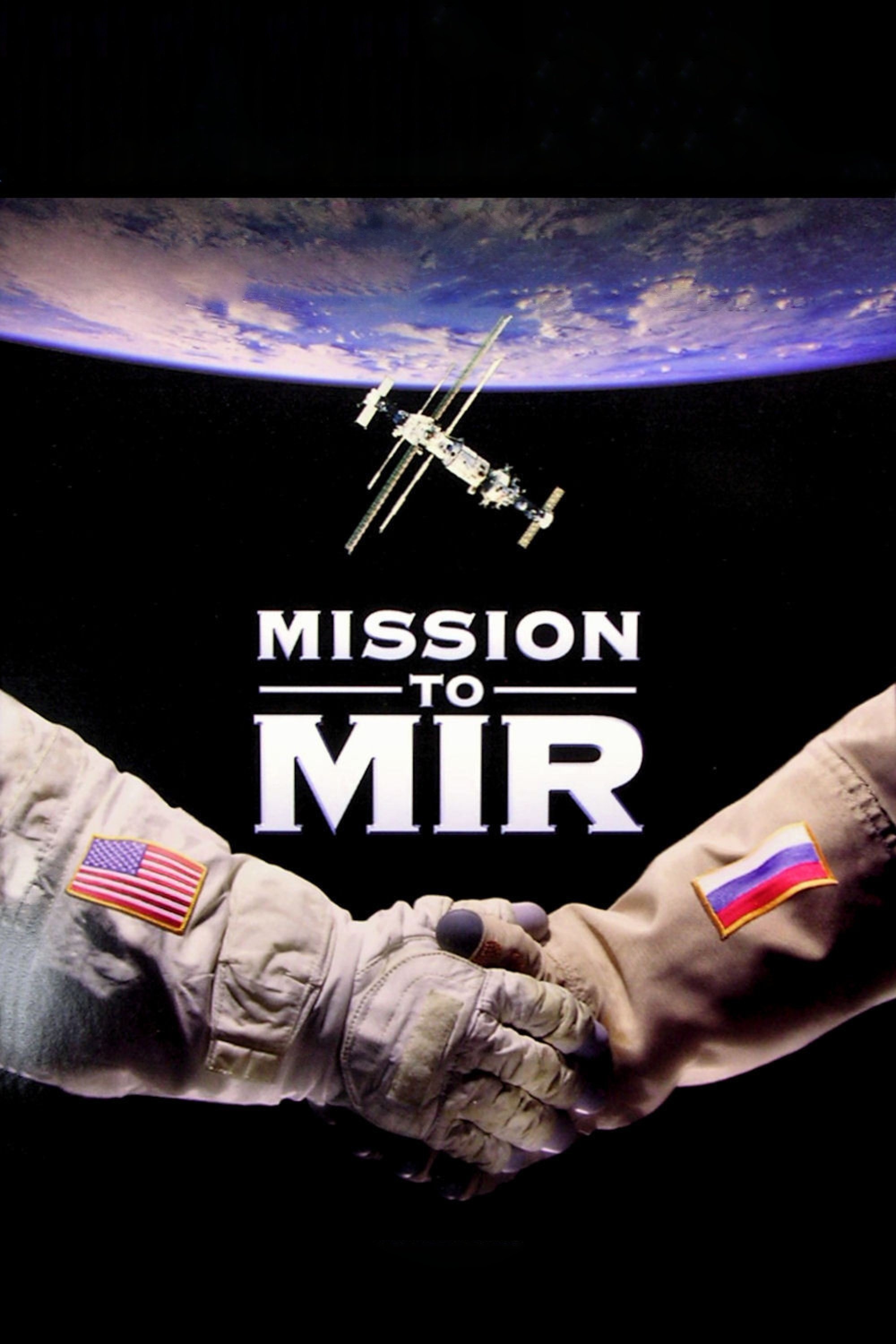
Mission to Mir
Released on: 1997-10-17
Documentary
This film shows how far we have come since the cold-war days of the 50s and 60s. Back then the Russi...

Blue Planet
Released on: 1990-01-01
Documentary
From the unique vantage point of 200 miles above Earth's surface, we see how natural forces - volcan...
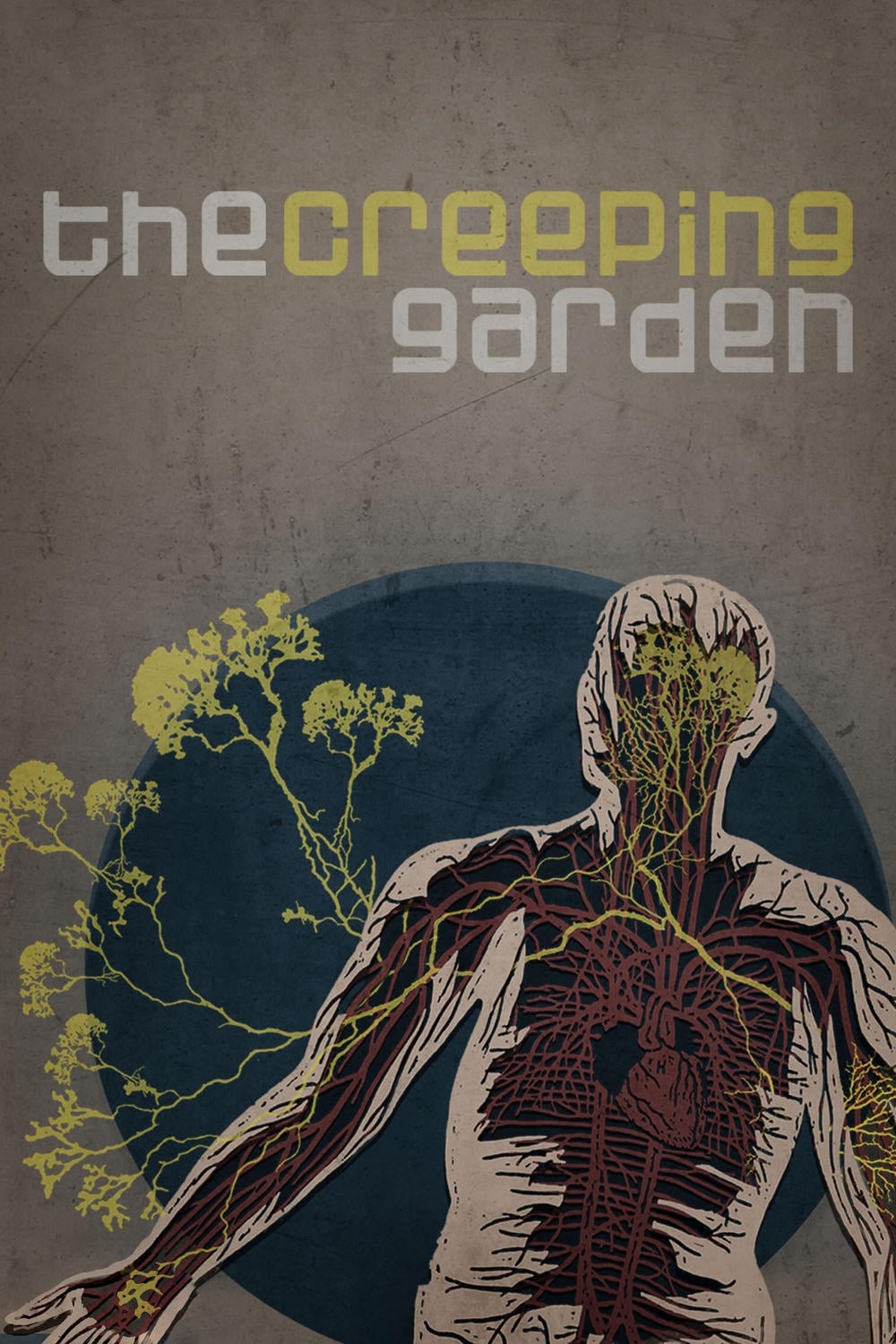
The Creeping Garden
Released on: 2014-07-27
Documentary
An award-winning feature-length creative documentary exploring the extraordinary world of the plasmo...

People of the Forest: The Chimps of Gombe
Released on: 1988-01-01
Documentary
Documentary about chimps in Gombe.
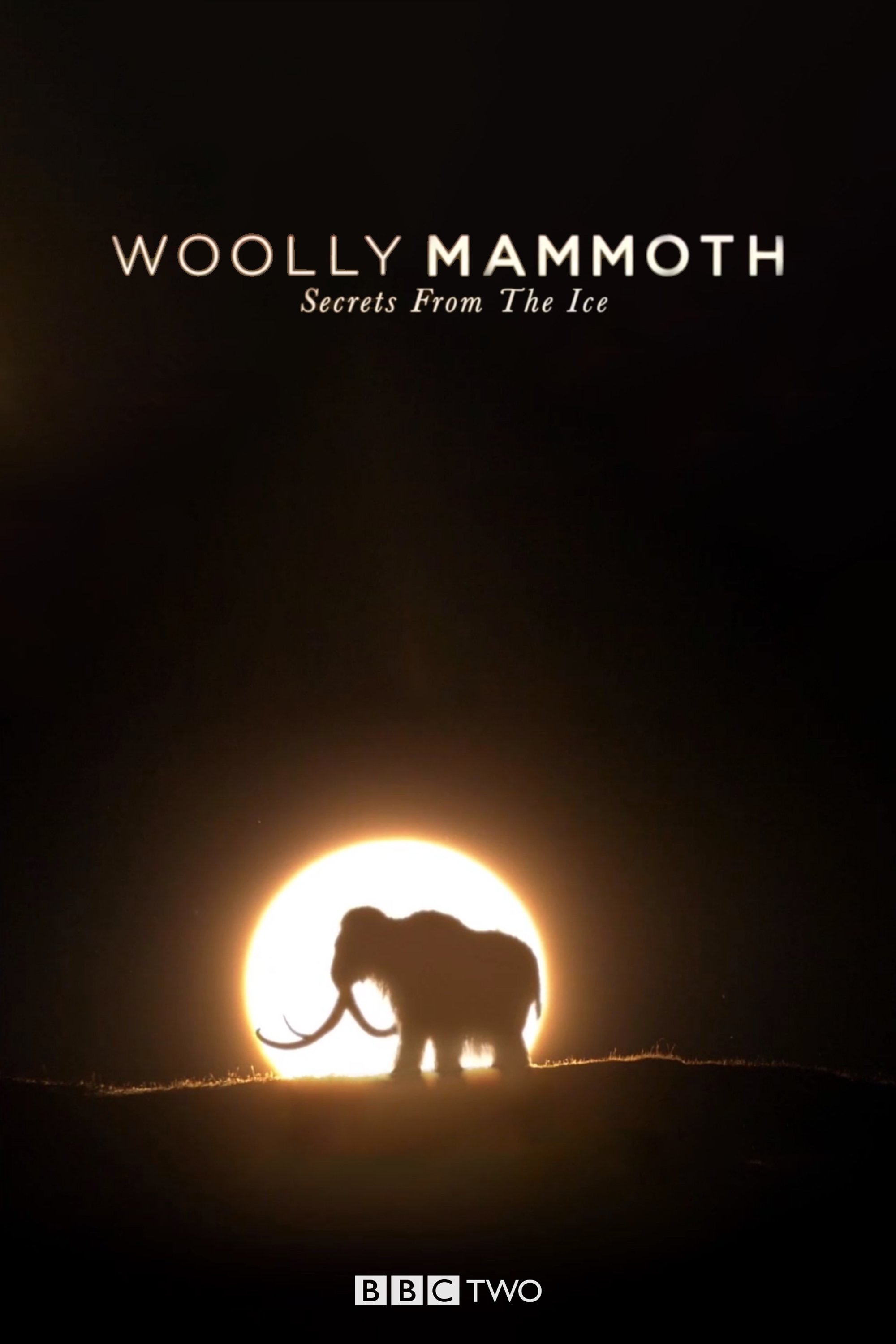
Woolly Mammoth: Secrets from the Ice
Released on: 2012-04-12
Documentary, TV Movie
Woolly Mammoth: Secrets from the Ice is a documentary presented by English anatomist Dr. Alice Rober...

Mountain
Released on: 2017-11-30
Documentary
An epic cinematic and musical collaboration between SHERPA filmmaker Jennifer Peedom and the Austral...
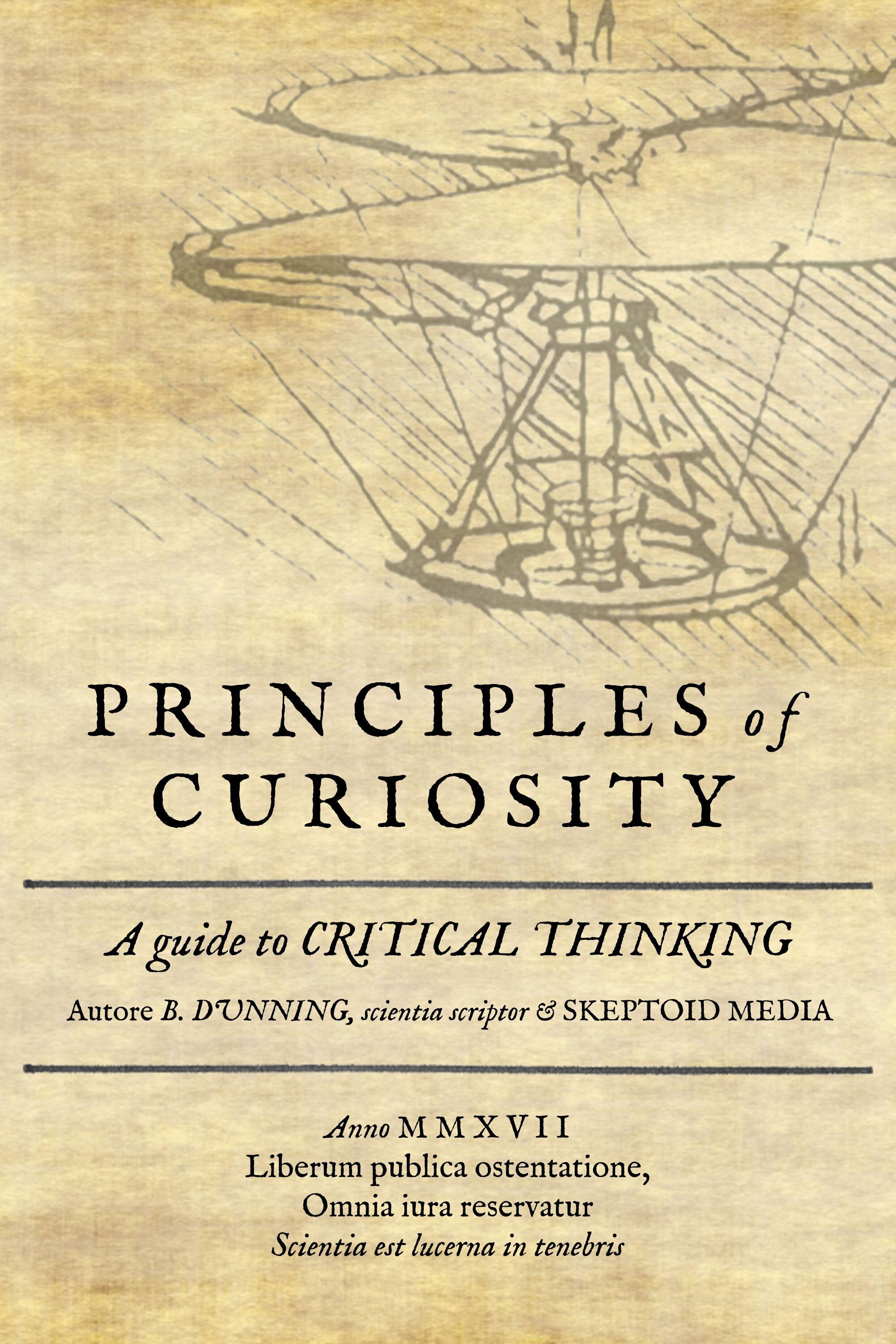
Principles of Curiosity
Released on: 2017-06-14
Documentary
Principles of Curiosity presents a general introduction to the foundations of scientific skepticism ...
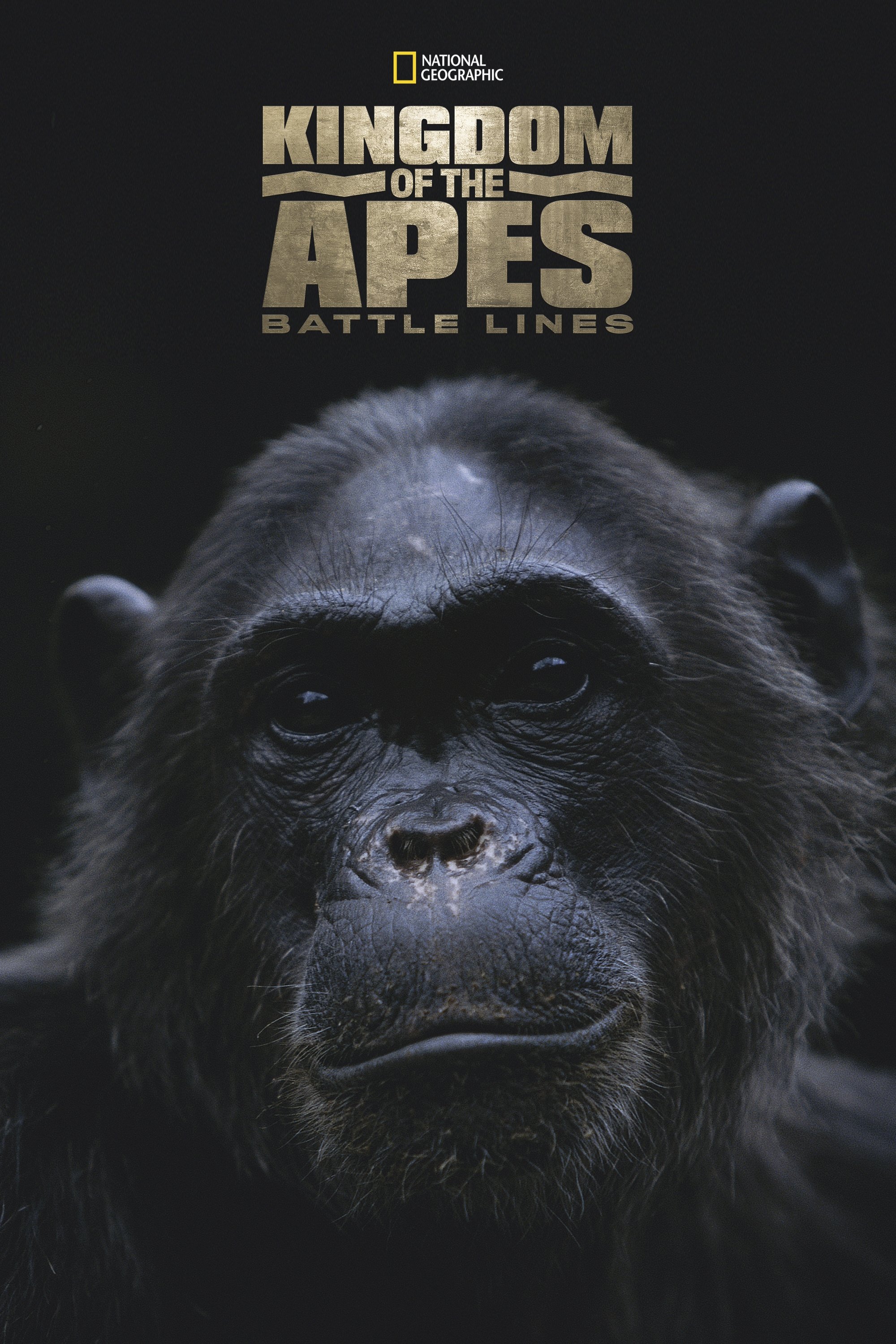
Kingdom of the Apes: Battle Lines
Released on: 2014-07-13
Documentary
Gorillas and Chimpanzees struggle for power and dominance within their clans.

Madagascar or the Great Carnival of the Chameleons
Released on: 2024-06-01
Documentary
A unique documentary on chameleons living on the island of Madagascar, the world’s largest chameleon...

The Great Australian Fly
Released on: 2014-03-25
Documentary
THE GREAT AUSTRALIAN FLY looks at how a national nuisance has shaped Australia and its people, confo...

City Slickers: A tale of two African penguins
Released on: 2002-06-01
Documentary
Fifteen years ago, a handful of African Penguins, normally found only on remote islands off the Sout...
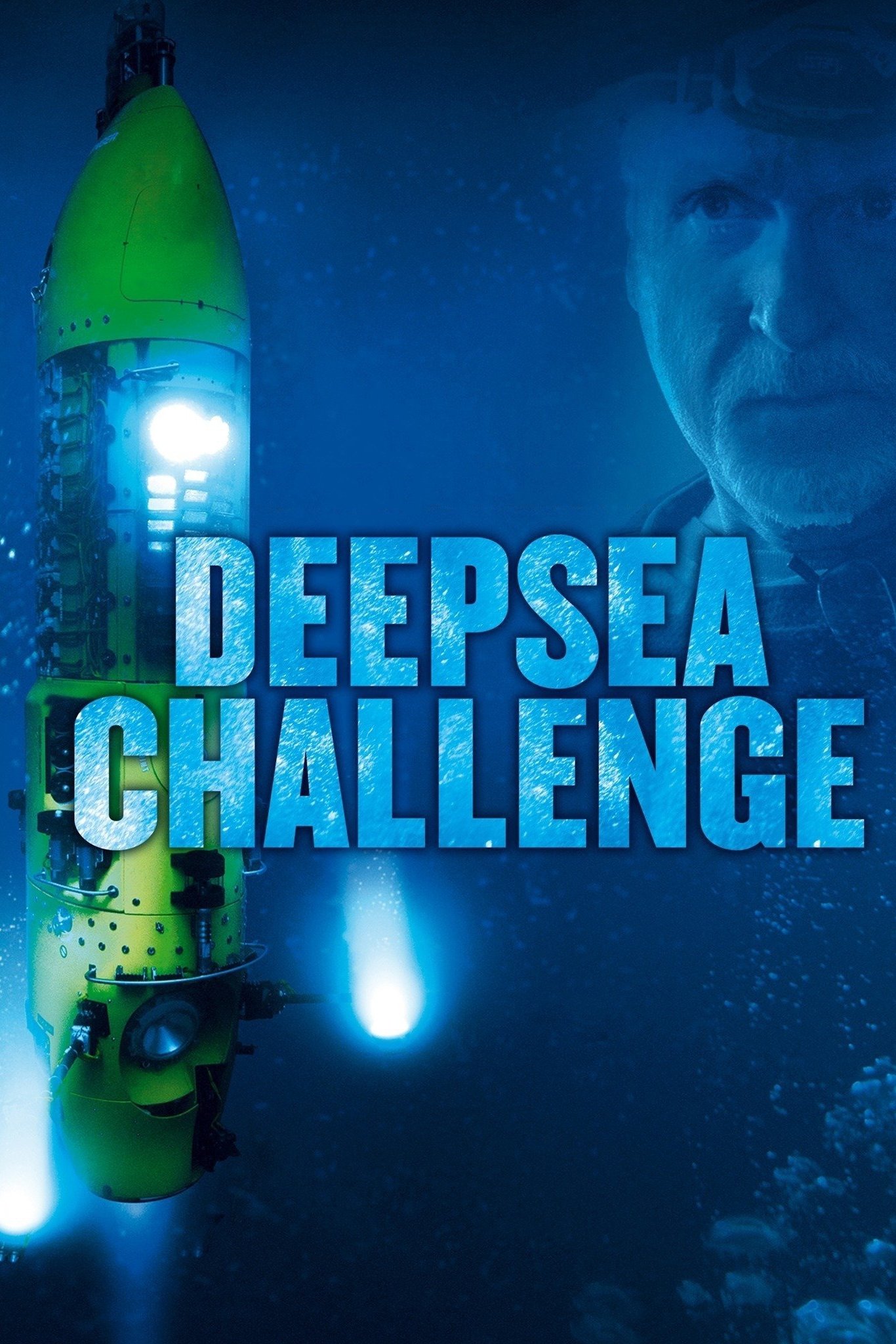
Deepsea Challenge 3D
Released on: 2014-08-08
Documentary
Described as being a film about determination, danger and the ocean’s greatest depths, James Cameron...
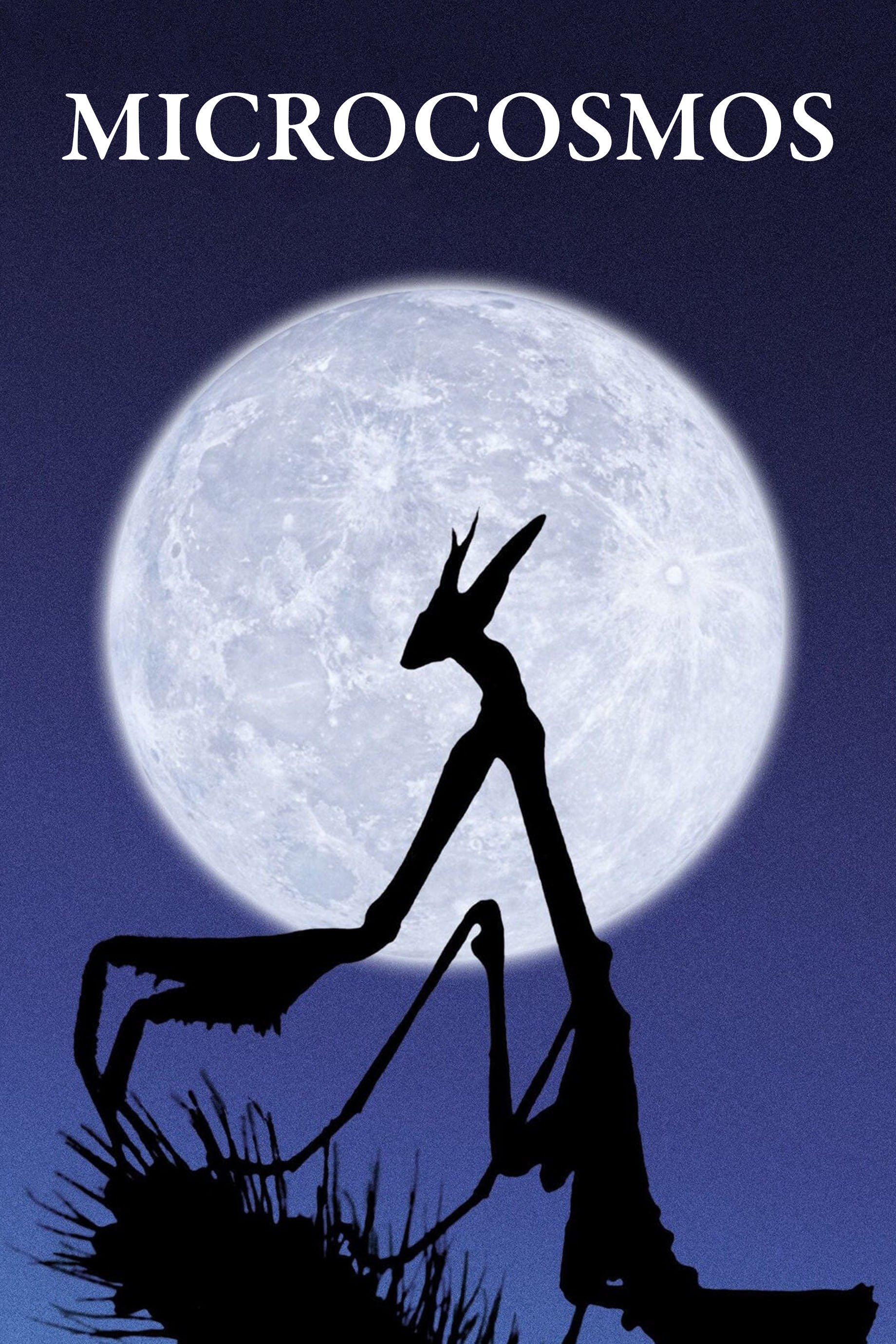
Microcosmos
Released on: 1996-09-06
Documentary
A documentary of insect life in meadows and ponds, using incredible close-ups, slow motion, and time...

Th (Part 11: Dr. Helen Caldicott)
Released on: 2014-05-28
Documentary
Dr. Helen Caldicott is the most prominent anti-nuclear activist in the world. She's been featured on...

National Parks Exploration Series: The Black Hills and The Badlands - Gateway to the West
Released on: 2012-01-01
Documentary
Nestled in the heart of America s great plains are contrasting tastes of a sacred land that beckons ...
